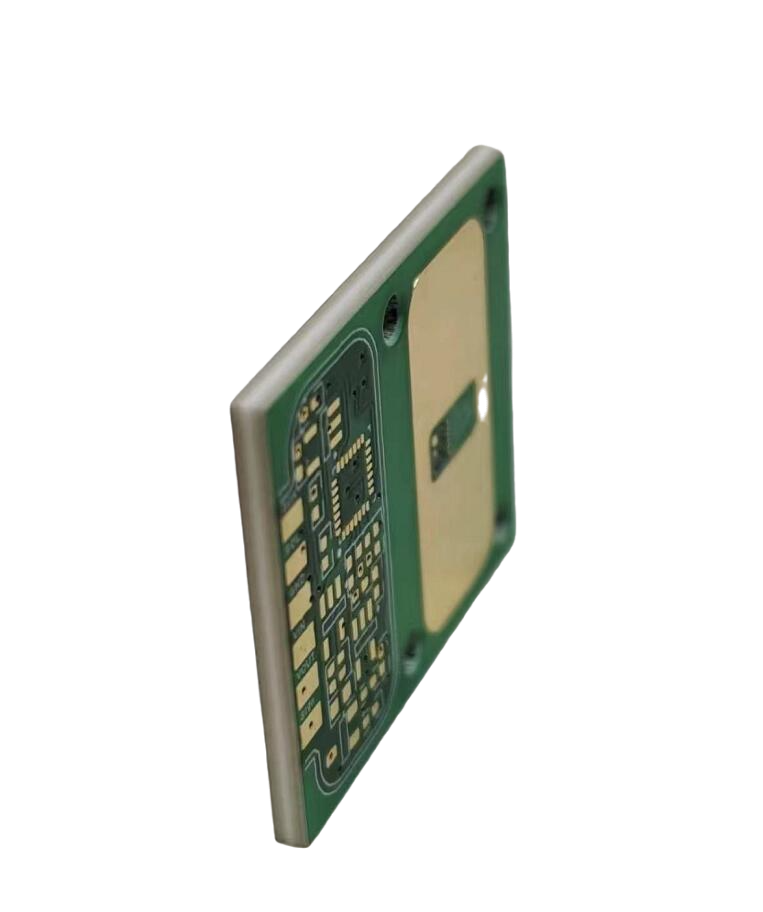
The printed circuit board is also called printed board for short. It’s also known as PCB. Mounting holes, connecting wires, and soldering electronic components are selectively performed on an insulating substrate to make electrical connections between pieces on a printed circuit board. The introduction and development of printed circuit boards have resulted in essential reforms in the electronics industry and significant advancements in electronic product technology. In various electrical goods, printed circuit boards serve as the foundation for supporting and connecting surface mount and socket components. Most electronic products use printed circuit boards due to their various advantages.

1. Complicated wiring is not an issue: the design of printed circuit boards hardly necessitates sophisticated wiring. The surface of the circuit board can be engraved with the correct electronic circuit using automated production equipment. The wiring density is excellent, the space is tiny, and the lightweight, miniaturising electronic equipment.
2. Better quality control: After designing and developing circuit boards, testing becomes a breeze. You can perform quality control tests throughout the production cycle to ensure that your circuit boards are ready for use after the manufacturing process is complete.
3. Easy to maintain: Since the printed circuit board components are fixed in place, only a little maintenance is required. There are no loose parts or complicated wiring, so it is easy to identify different elements and perform maintenance. Due to the graphics’ repeatability (reproducibility) and consistency, errors in wiring and assembly are reduced, and equipment maintenance, debugging, and inspection time are saved.
4. The possibility of a short circuit is extremely slight: relying on embedded copper traces, the circuit board is hardly affected by the short course. Moreover, the problem of wiring errors is minimized, and disconnection rarely occurs. In addition, you will be conducting quality control tests, so if any issues do arise, you can stop them in their tracks.
5. It is conducive to mechanized and automated production, improves labour productivity, and reduces the cost of electronic equipment. The manufacturing methods of printed boards can be divided into two categories: subtraction (subtraction) and addition (addition). At present, large-scale industrial production is still dominated by corroding copper foil in the subtractive method. In particular, the bending resistance and precision of the FPC flexible board are better applied to high-precision instruments. (Such as camera, mobile phone, video camera.)